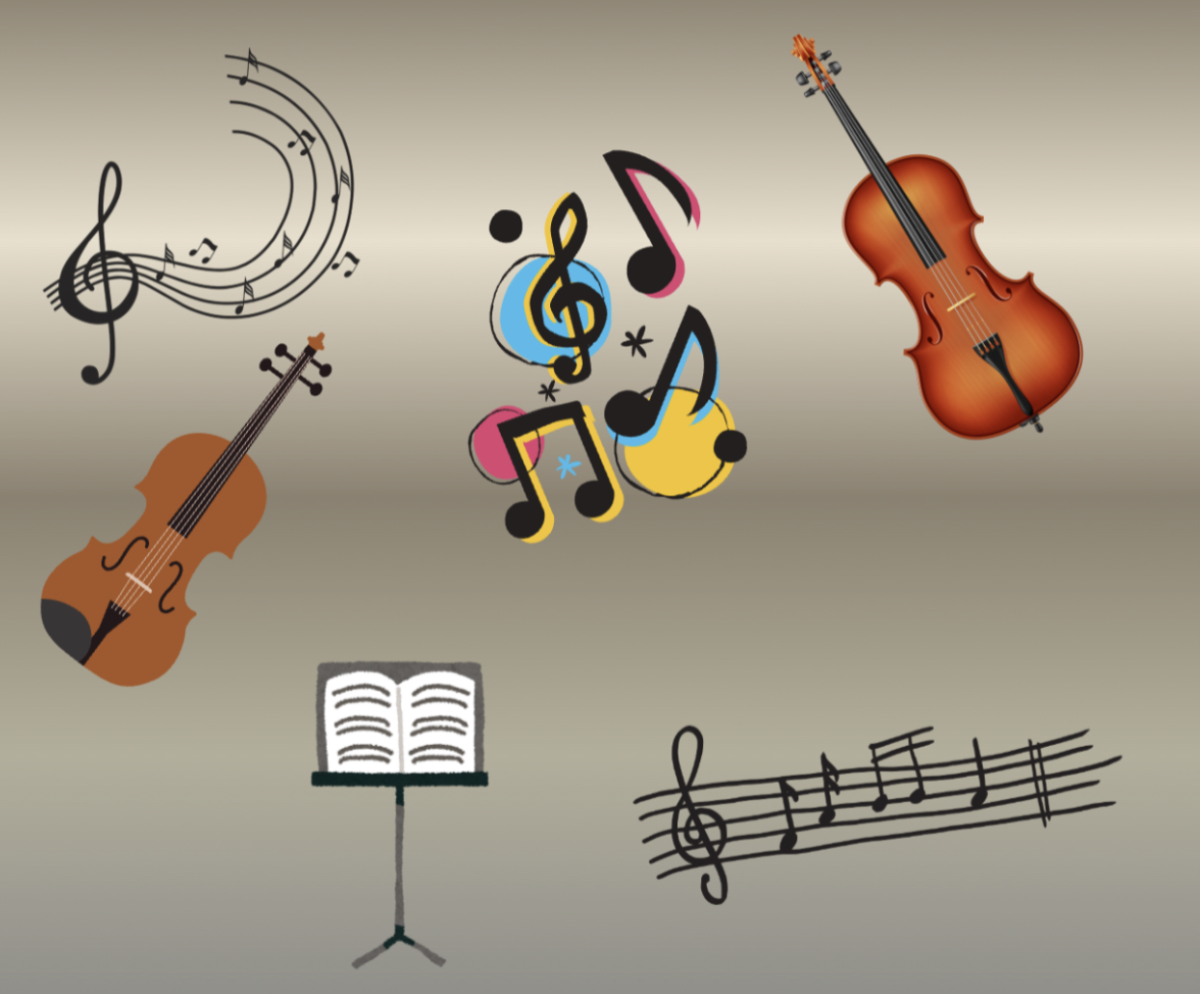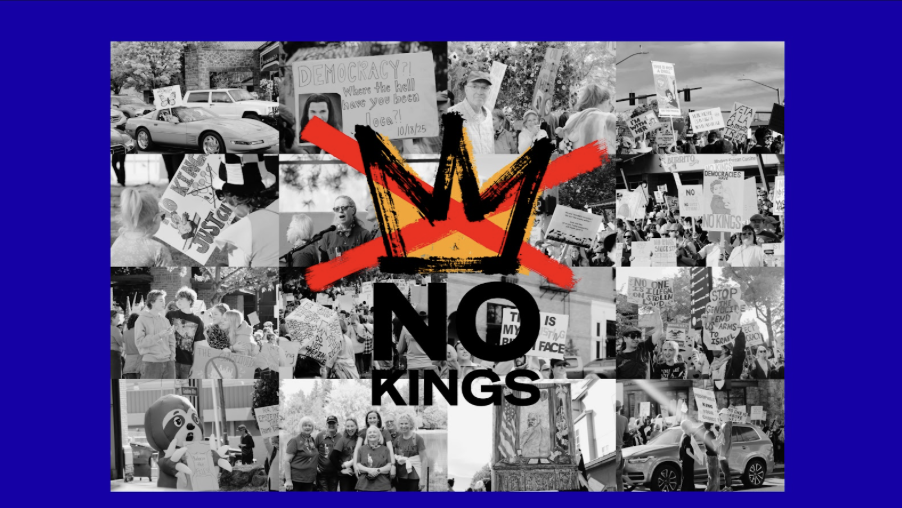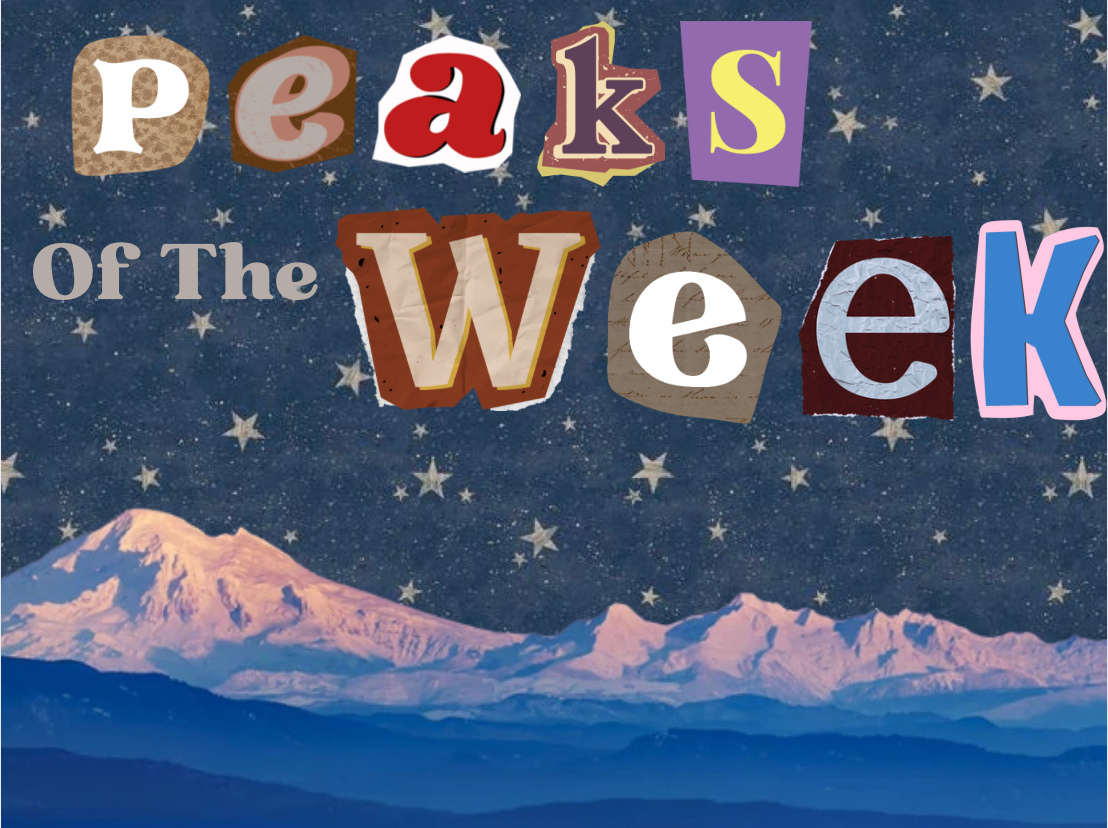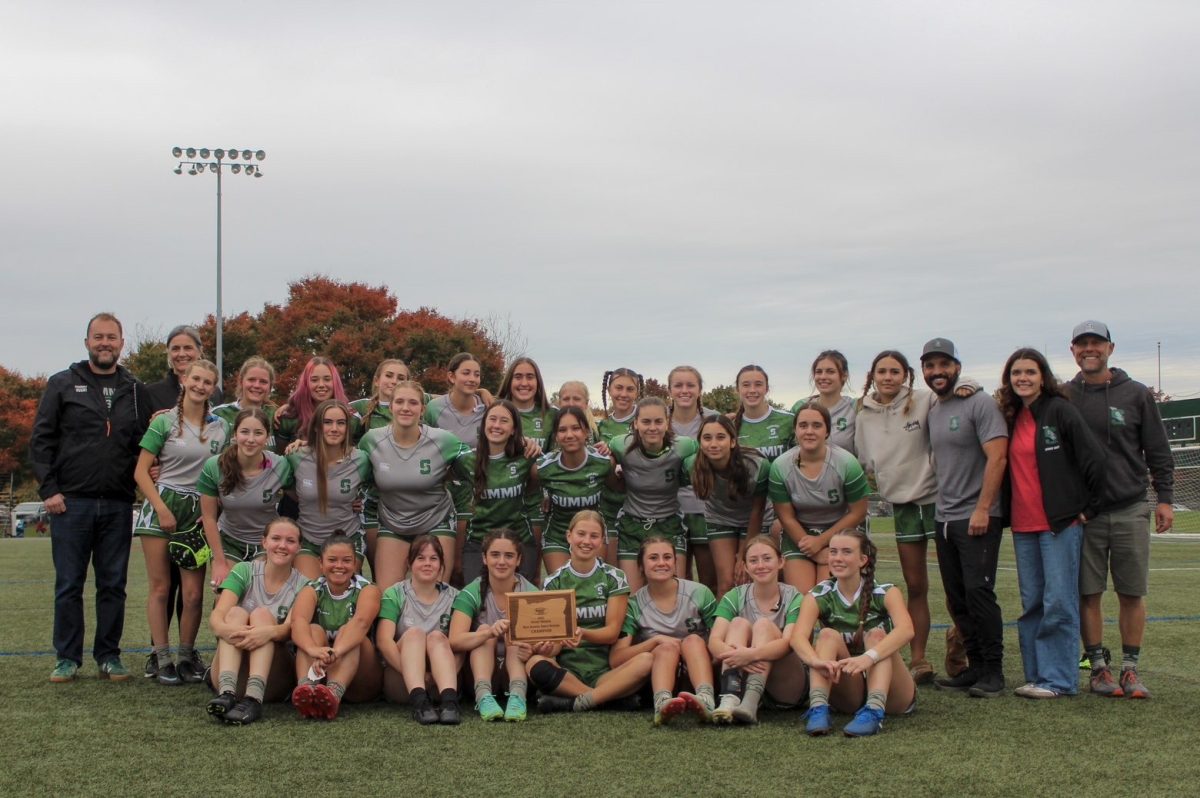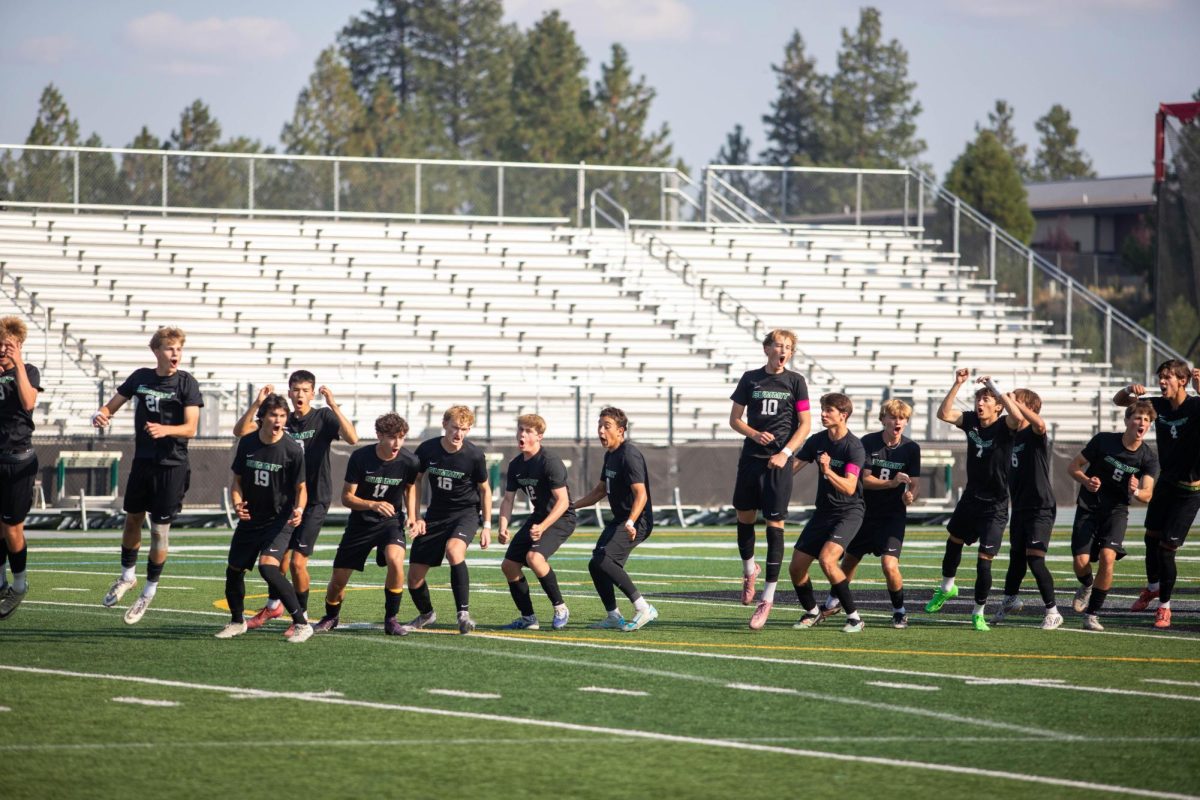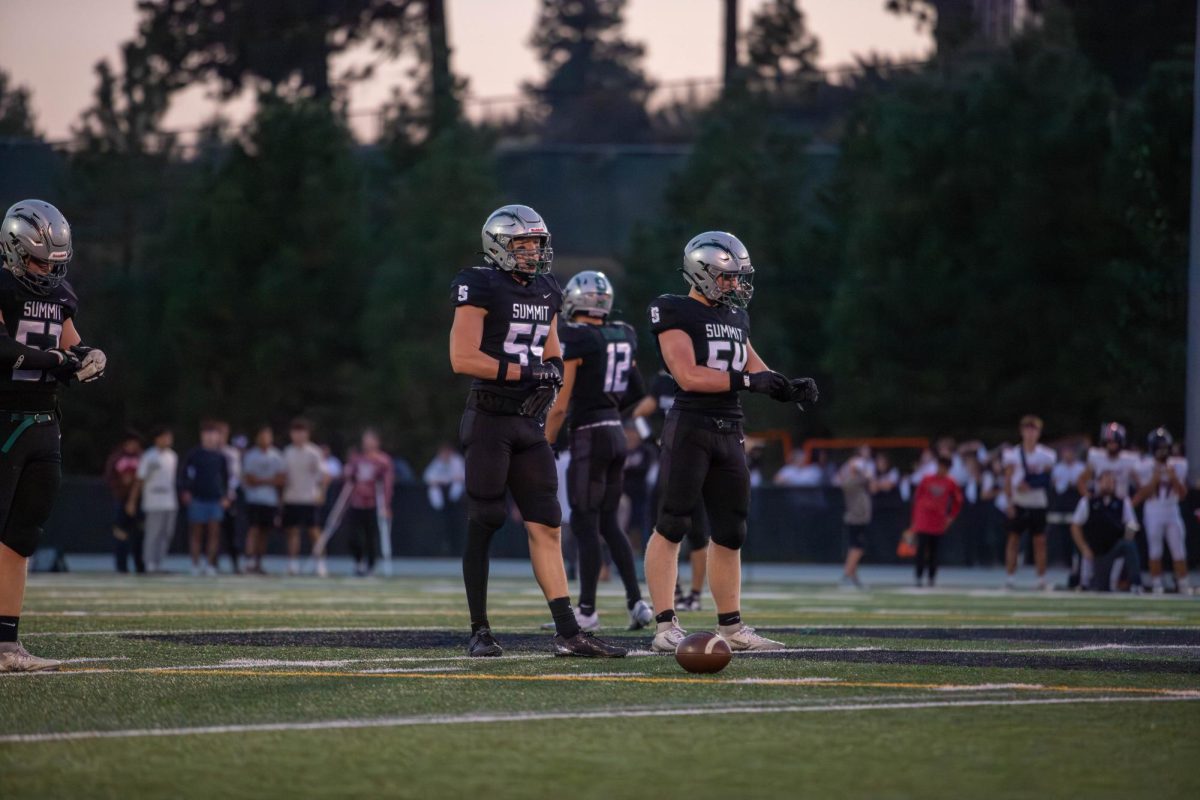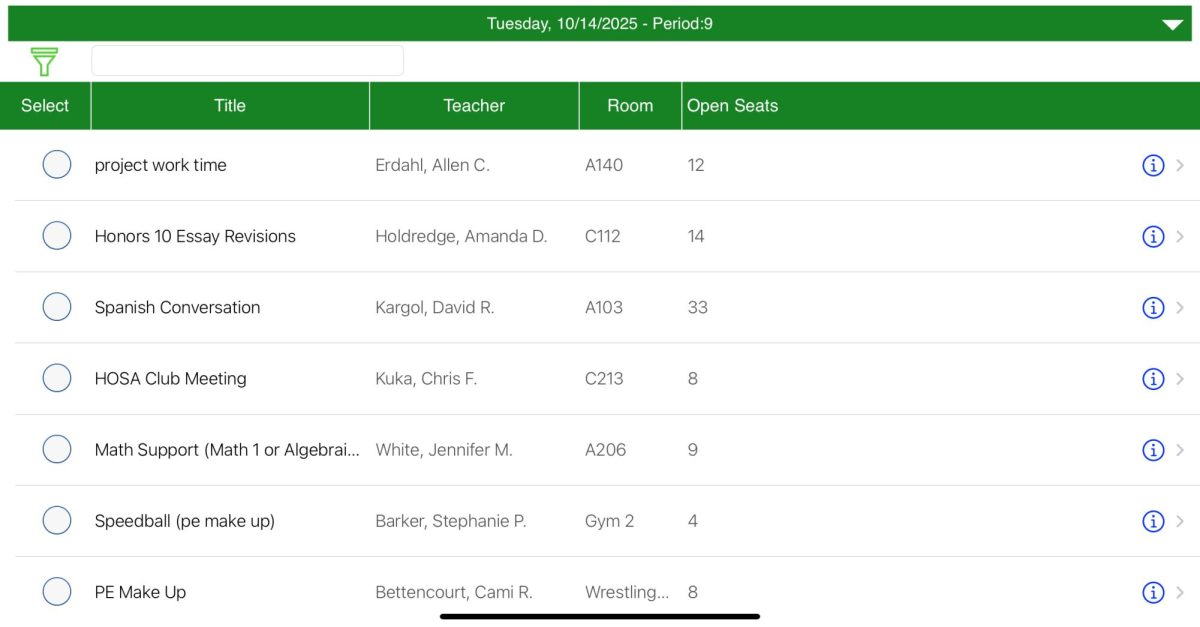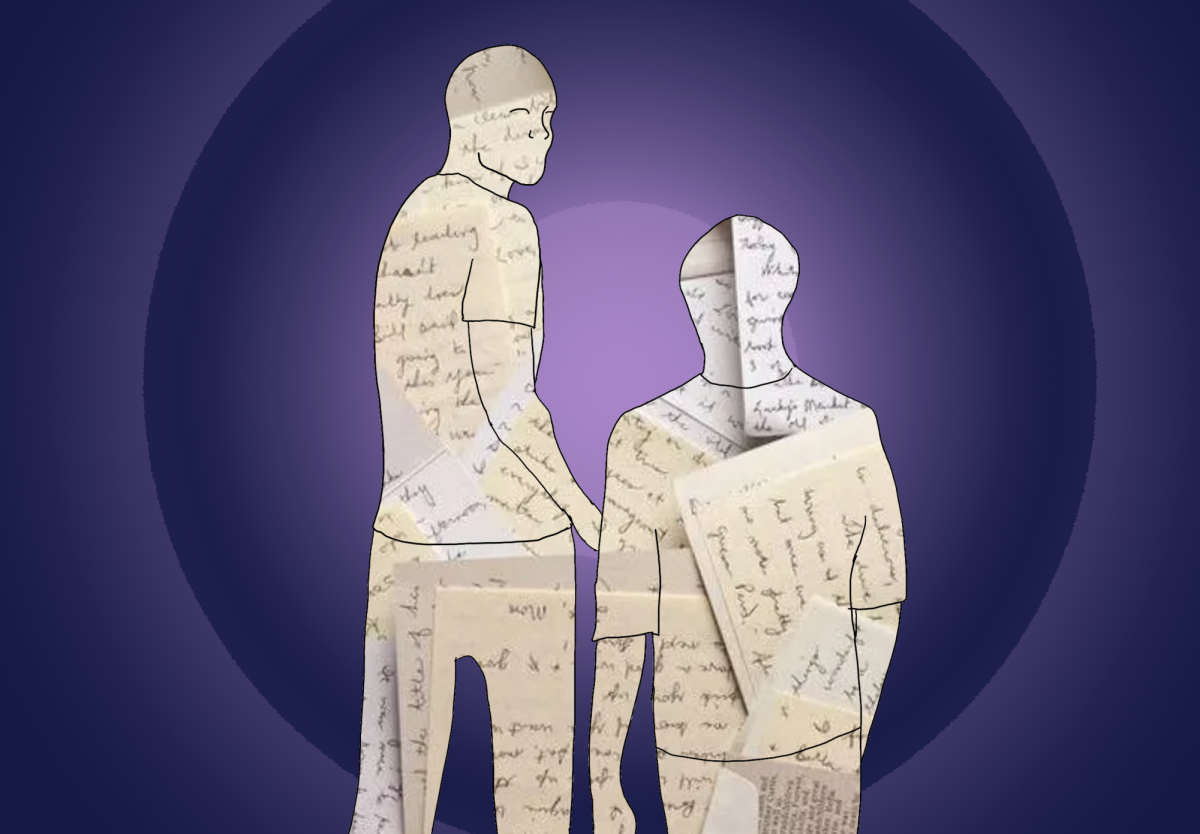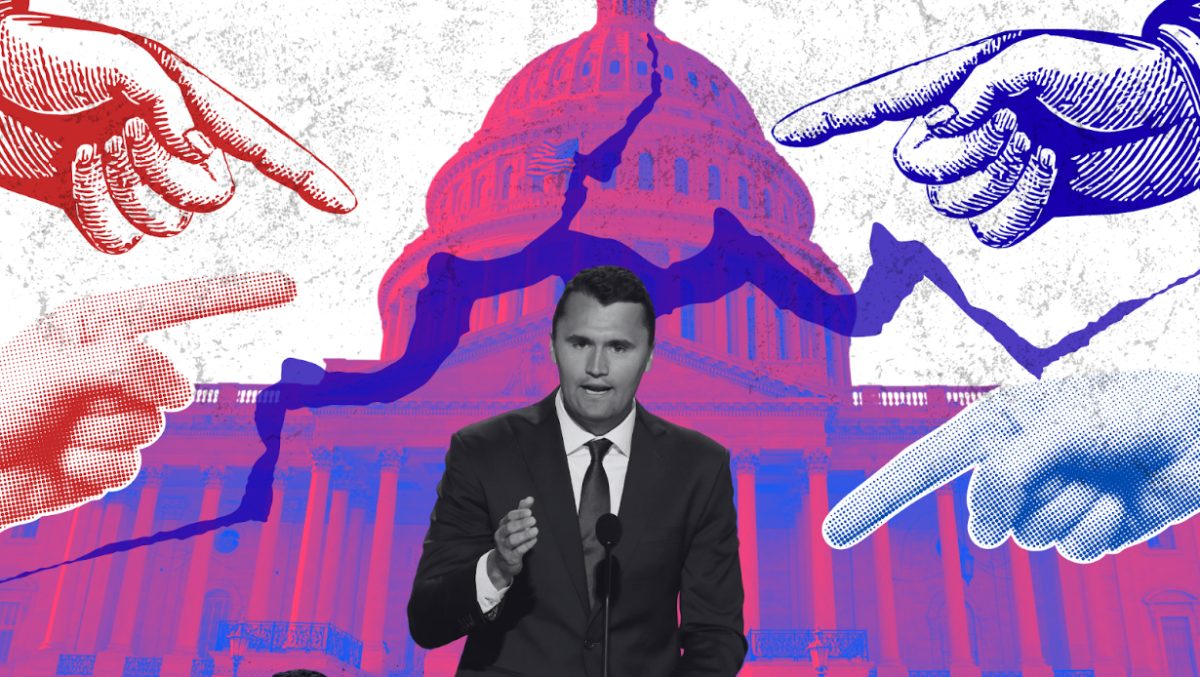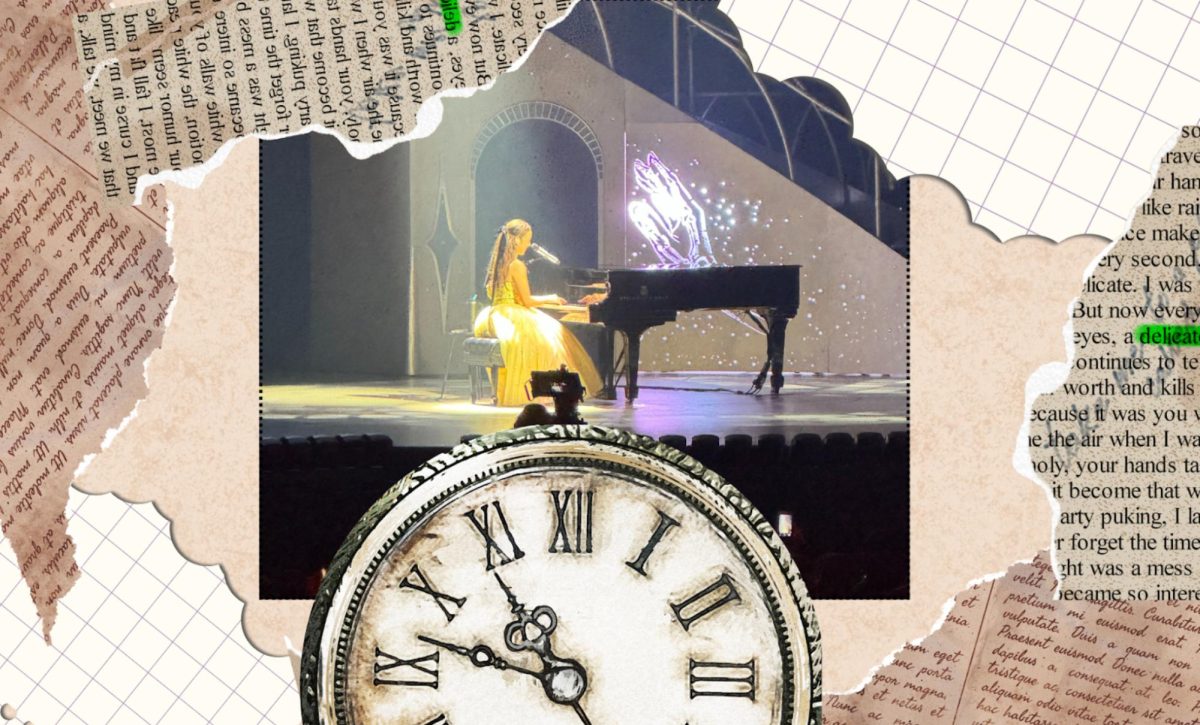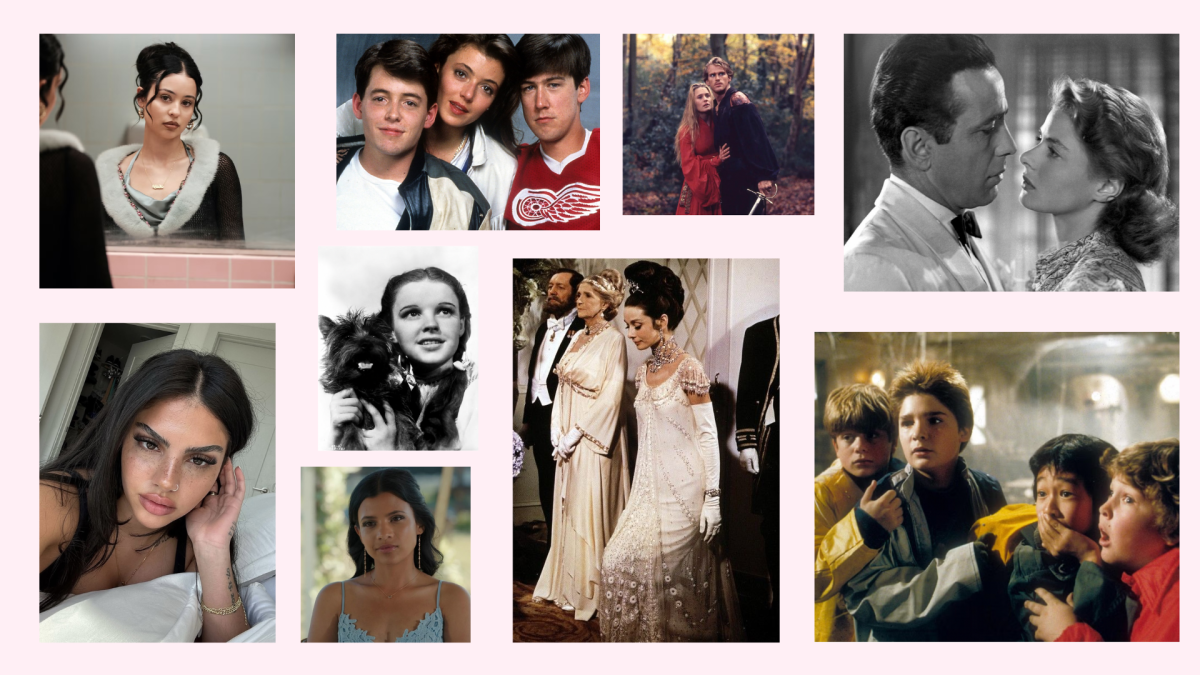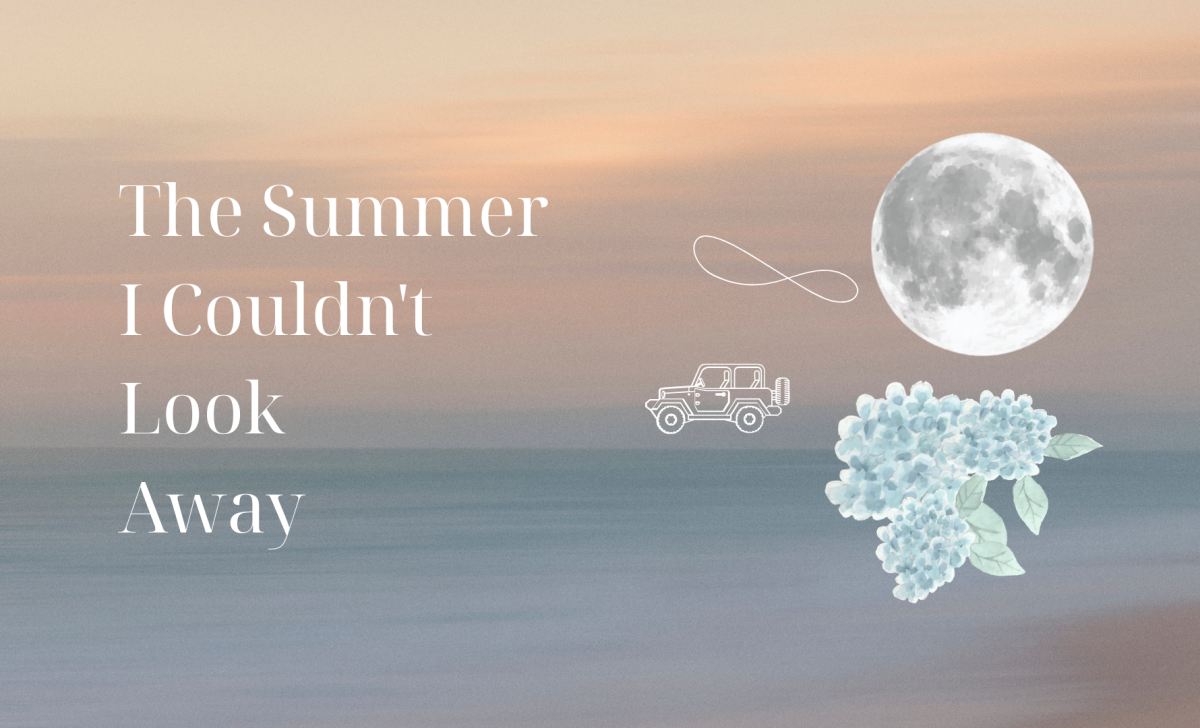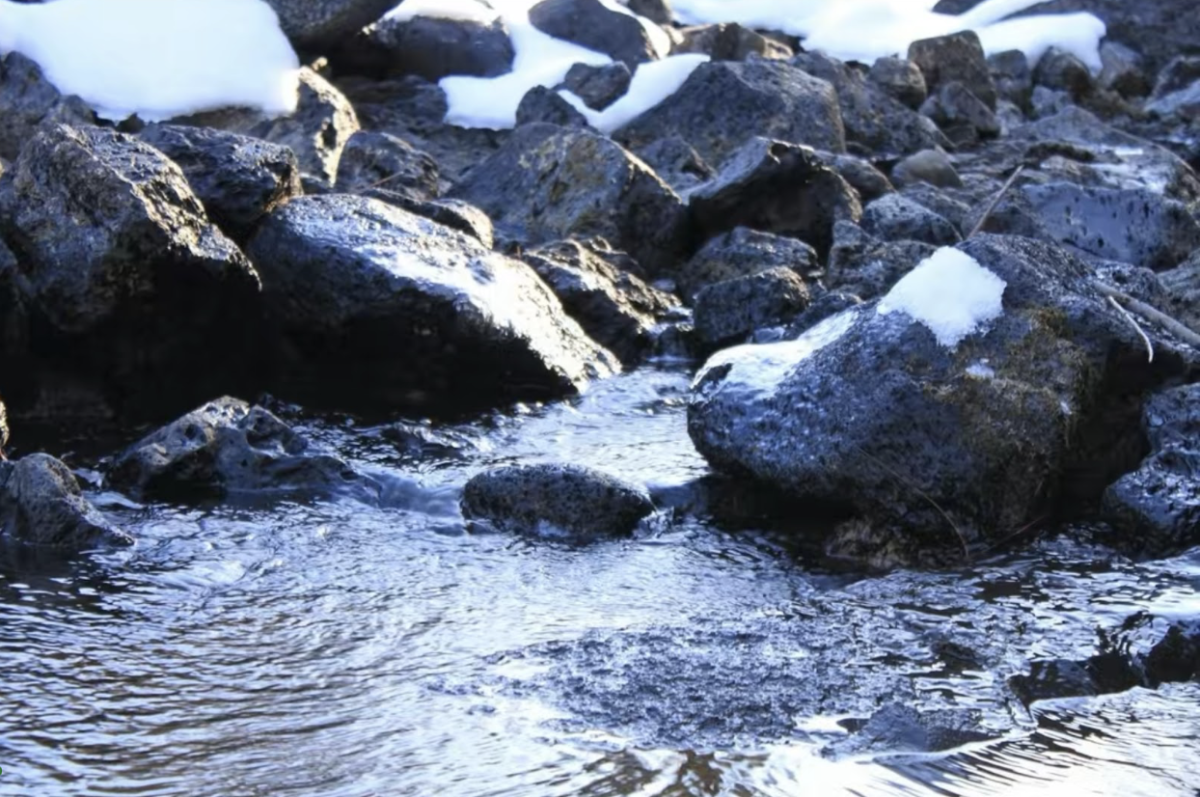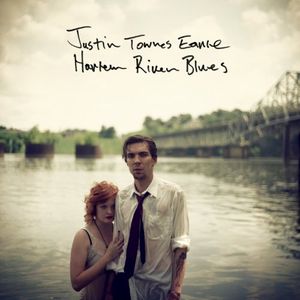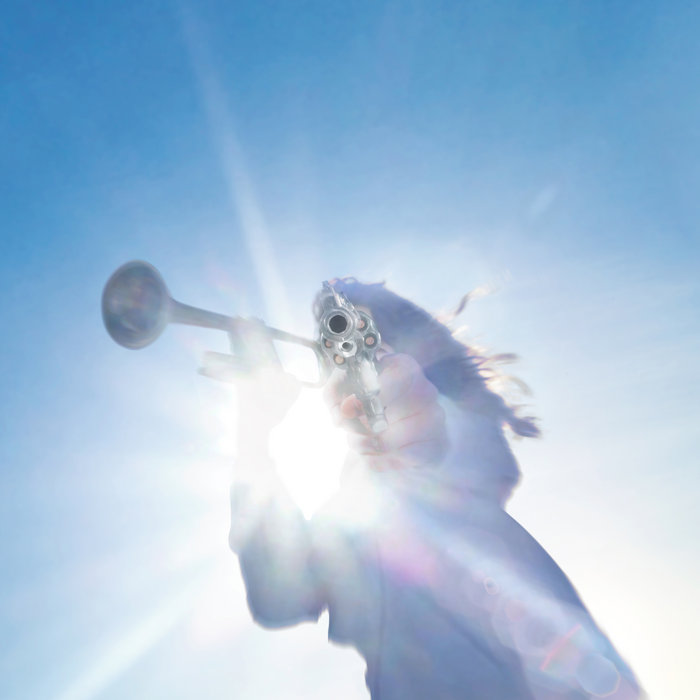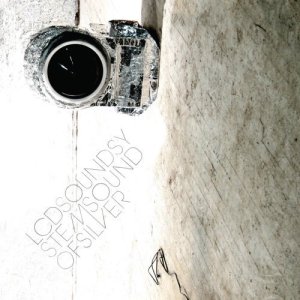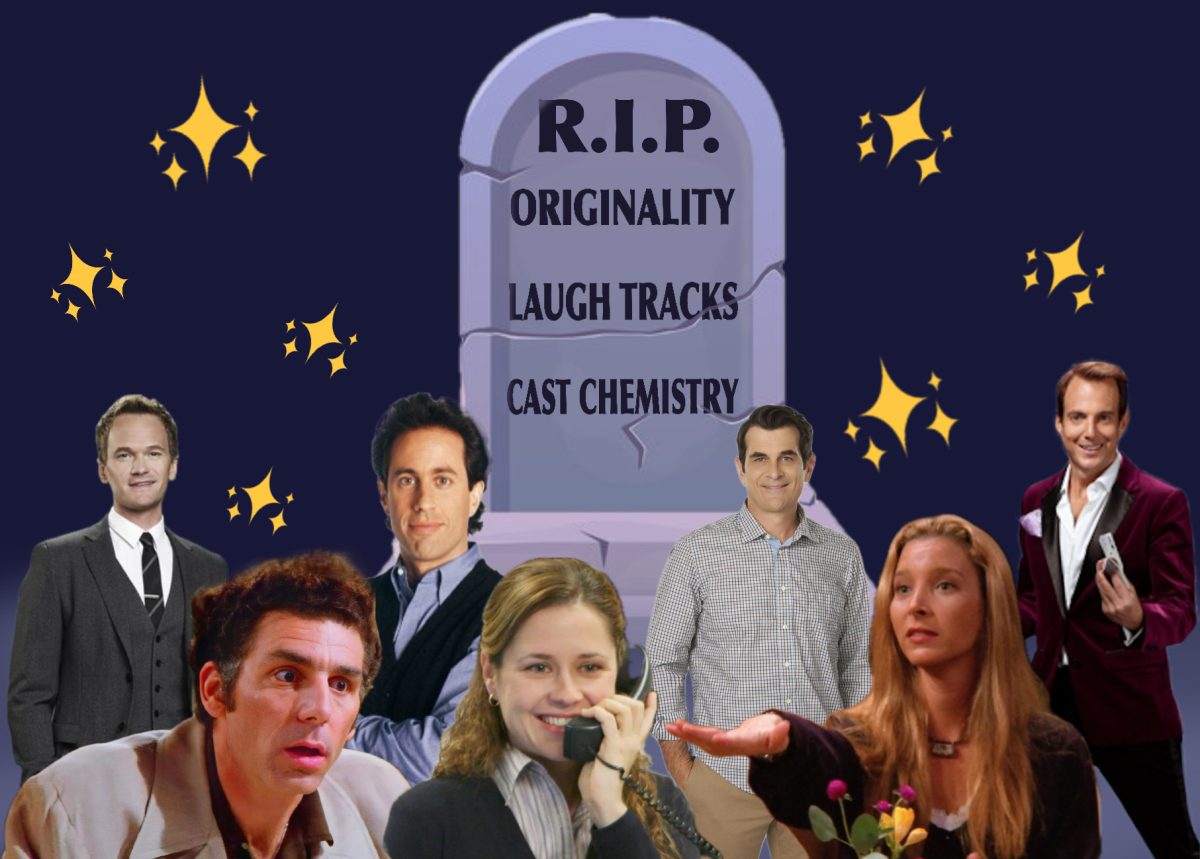Jazz is one of the most revolutionary forms of art in the modern world. Growing out of the late 1800s New Orleans music scene, mixing traditional African and western influences, the style quickly became the most popular musical genre in America. Jazz became synonymous with the young counterculture of the 1920s as well as a symbol of African American expression.
However, the state of jazz today is much different from the early to mid 1900s. With the rise of other genres like rock and hip hop, jazz has taken a step out of the popular culture limelight, surviving in the underground of the music scene. The genre has become associated with pretentious hipsters and elevator music, deterring many possible listeners.
In addition, when compared to other genres, jazz requires much more skill and proficiency in an instrument to play. It takes an extreme amount of experience and constant practice to become a jazz musician, more than most genres of music, which can scare many people away from pursuing jazz. A lot of music in the genre also lacks vocals which may scare away more casual listeners.
For a while these factors prevented me from getting into jazz. However in the past 3 months I decided to jump straight into the deep end of this fascinating and important genre.
Throughout the last few months I’ve listened to many jazz albums and discovered how challenging, yet beautiful, and expressive the genre can be. Many albums confused me upon first listen as I had to adapt my ears to a new style of music. This list will provide a guideline for those like me who were interested in jazz but are confused on where to start.
“Kind of Blue” by Miles Davis
“Kind of Blue” is the album almost every person starts off with when getting into jazz and for good reason. When people think of jazz, they imagine an album that sounds like “Kind of Blue”. The record is mellow and patient as it slowly builds and moves along. Each piece of instrumentation is tediously put together and given a moment to shine. The result is an album that is extremely pleasant on the ear while also having sections that demonstrate Miles Davis willingness to experiment with new song structures, instrumentation and modal music. “Kind of Blue” is the perfect place to start for anybody new to jazz
“A Love Supreme” by John Coltrane
“A Love Supreme’s” reputation as one of jazz’s greatest albums is no doubt earned throughout its 32 minute run time. The record is one of the first spiritual jazz albums, dedicated by Coltrane to his faith. The track list is tight and concise never a moment. The instrumentation reflects coltranes experience with heroin addiction and his spiritual journey that saved his life. While occasionally the songs on “A Love Supreme” venture into the Avant-garde side of jazz, they never get too strange for a jazz newcomer. While it shouldn’t be someone’s first jazz album due some Avant-garde sections, “A Love Supreme” is a critical album that every jazz fan should listen to.
“Headhunters” by Herbie Hancock
Many Jazz traditionalists write off “Headhunters” for not being jazzy enough and incorporating too many elements of funk. While it certainly does lean into the funk side of jazz fusion, it still retains enough elements of jazz to earn a place on this list. “Headhunters” is one of the most accessible jazz fusion albums out there, with danceable grooves and funky bass lines. Electric piano and synths are widely used across the album, giving the record a distinctly spacey feel. The opener “Chameleon” is a 15 minute epic that perfectly blends the elements funk and jazz to create a song that is the definition of cool. The record is super fun and doesn’t take itself too seriously. The lack of pretentiousness in “Headhunters” makes it a good introduction into challenging jazz subgenres such as avant-garde jazz and jazz fusion.
“The Black Saint and the Sinner Lady” by Charles Mingus
Charles Mingus is well known for being a hot head, with some stories about him bearing awfully close resemblance to the physically and mentally abusive teacher in “Whiplash.” He was a perfectionist who constantly tweaked and changed his music to sound exactly like his vision. His tedious work ethic resulted in some of the most groundbreaking albums in jazz. The “Black Saint and the Sinner Lady” is his most famous work and explores many Avant-garde sounds while also calling back to jazz greats of the past. The instrumentation throughout the album is extremely expressive and constantly feels like it’s going to fall apart into chaos but just manages to stay together. “Black Saint and the Sinner Lady” can be a challenging listen to some as it does incorporate many Avant garde influences. However it could be a bridge for someone who likes bebop Jazz and is looking to explore different sub genres within jazz.
“Karma” by Pharoah Sanders
Karma is only two tracks, the opener “The Creator Has A Master Plan” takes up a majority of the track time at 32 minutes with the ensuing track coming in at 8 minutes. “The Creator Has A Master Plan” is a behemoth that explodes in your face upon first listen. The song rises into walls of sound that collapse dramatically into dense and vibrant instrumentation. The track’s structure and composition seem to reflect the chaos, complexity and beauty of the human experience. “Colors,”the second track, acts as an epilogue to the musical journey that is “The Creator Has A Master Plan.” The track is more laid back but nonetheless gorgeous. “Karma” is easily one of the most expressive jazz albums, a cornerstone of the spiritual jazz genre and is an essential listen for anyone getting into jazz.

